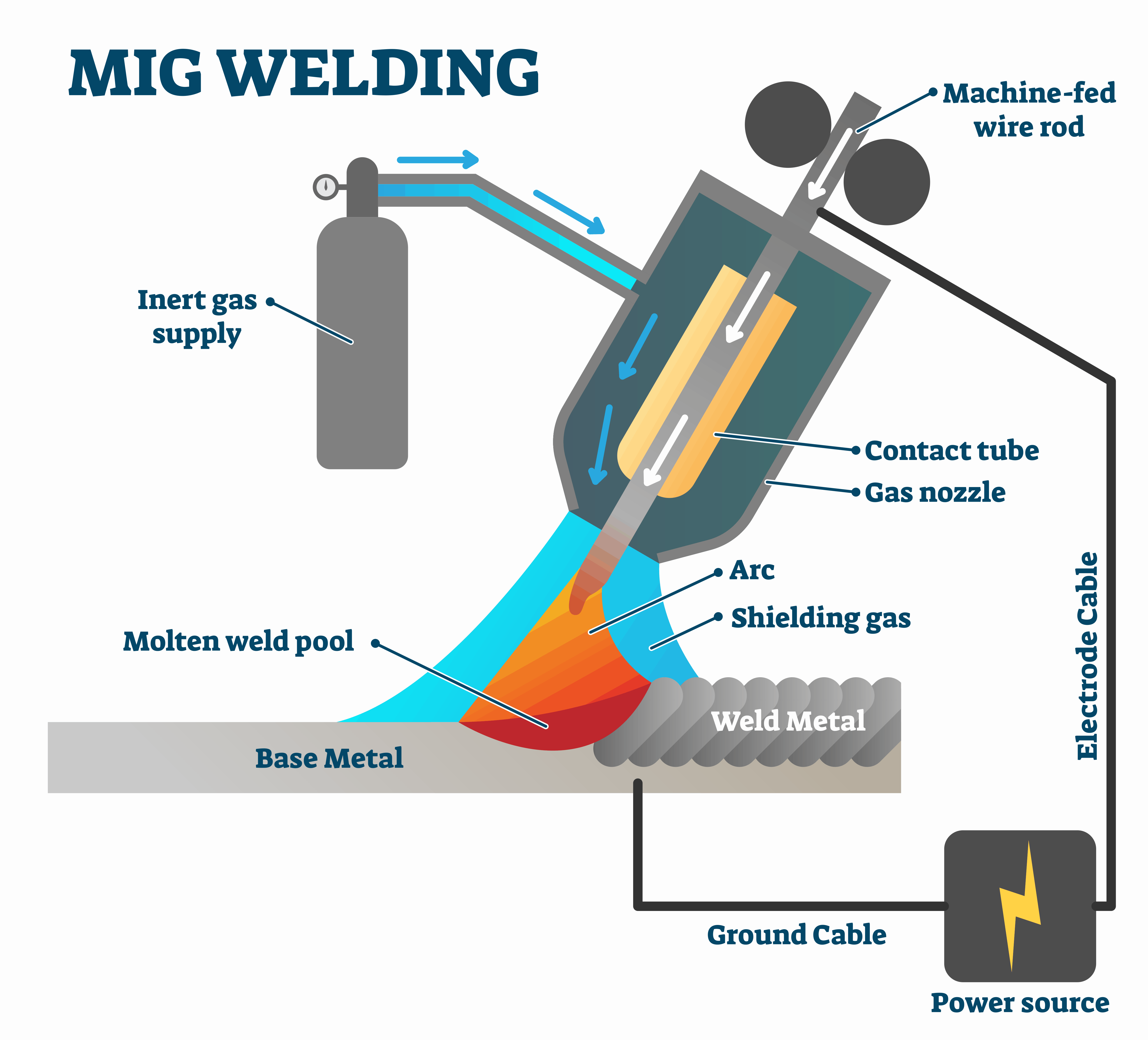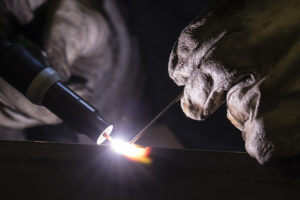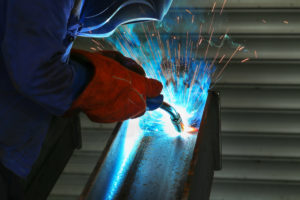
MIG Welder vs TIG Welder
Welding is a fabrication process that involves the use of heat and/or pressure to form a durable joint between two separate pieces of material. Depending on the part and production specifications, industry professionals employ different welding techniques to create the desired assemblies. Two of the most common welding methods used are MIG and TIG welding. The following blog post provides a comparison between the two, outlining what they entail, advantages and disadvantages, materials utilized, and typical industrial applications.


Types of Welding Methods
Numerous techniques and technologies have been developed to optimize the welding process for different materials and products, including:
- Arc welding uses an electrical current to weld metals. Types of arc welding include metal inert gas (MIG) welding and tungsten inert gas (TIG) welding, among others.
- Friction welding melts the bonding and base material through mechanical friction. This process can be used with thermoplastics and metals.
- Electron beam welding uses a stream of electrons to melt materials into a joint. This process must be completed in a vacuum and is typically used for thicker components.
- Laser welding is a high-speed process that employs a laser to melt and join metals and/or thermoplastics together.
- Resistance welding uses heat generated between electrodes or rotating wheels to melt and join the base materials. Types include spot welding and seam welding.
MIG vs. TIG: Which One Is the Best for Your Application?
MIG welding and TIG welding operate under a similar principle; heat generated by an electrical current melts the base materials and/or bonding materials, which, when cooled, form a solid joint. Despite similarities between the two processes, they remain distinct in their benefits and best use cases.
TIG Welding: Benefits and Applications

TIG—i.e., tungsten inert gas—welding is highly versatile, enabling industry professionals to join a wide range of small and thin materials. It uses a non-consumable tungsten electrode to heat the metal and can be used with or without a filler.
Compared to MIG welding, it is much slower, often resulting in longer lead times and greater production costs. Additionally, welders require highly specialized training to ensure they achieve proper precision and accuracy. However, it also offers greater control during the welding operation and produces strong, precise, and aesthetically pleasing welds.
MIG Welding: Benefits and Applications

MIG—i.e., metal inert gas—welding is generally used for large and thick materials. It employs a consumable wire that acts as both the electrode and the filler material.
Compared to TIG welding, it is much faster, resulting in shorter lead times and lower production costs. Additionally, it is easier to learn and produces welds that require little to no cleaning and finishing. However, its welds are not as precise, strong, or clean as those formed by TIG welding operations.
Typical Materials Used in MIG and TIG Welding Operations
Both MIG and TIG welding can be used on a wide range of metals, with MIG welding more suitable for thick materials and TIG more appropriate for thin materials. Typical weld materials include aluminum, carbon steel, and stainless steel.
Why Choose Perfwctpower for Your Welding Needs?
At PerfectPower Welding Machine & Manufacturing, we are a full-service job shop and repair company specializing in manufacturing large assemblies and subassemblies in prototype to full production quantities. In addition to our machining and grinding capabilities, our secondary services range from fabrication and welding to complete repair, replacement, and reassembly.
Our fully certified welders are well-versed in MIG and TIG welding and accommodate aluminum, carbon steel, and stainless steel materials. Some of the typical products we assemble and repair.
To learn more about our welding capabilities, contact us or request a quote today.



